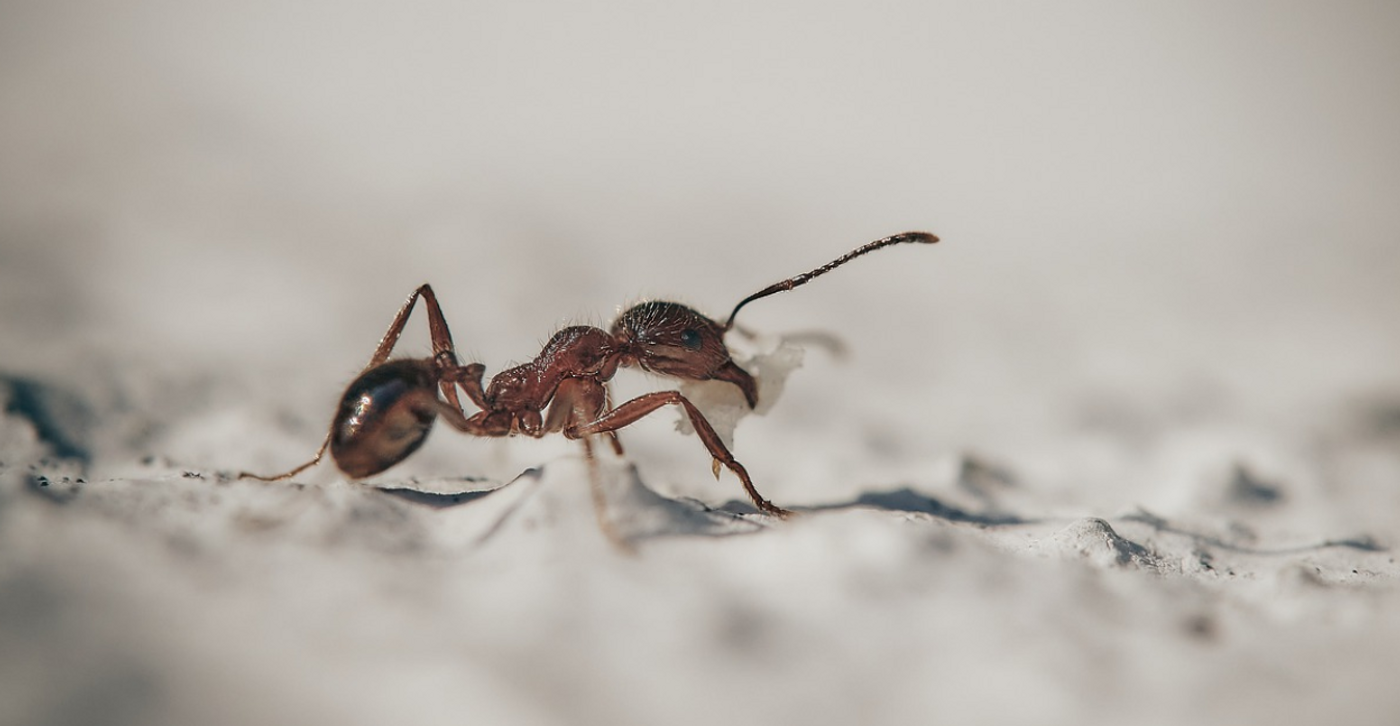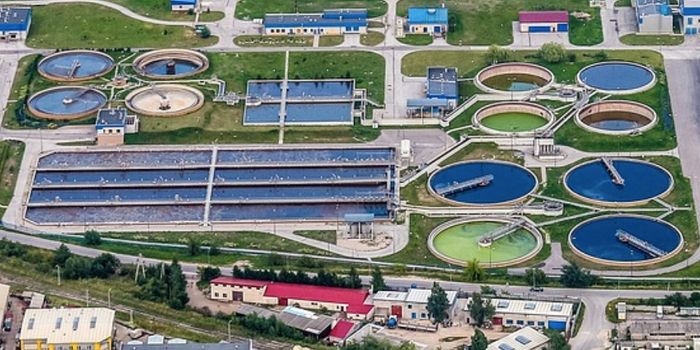Ant Teeth Can Function Like Miniature Metal Tools
Researchers have discovered the secret to the powerful cutting ability of ants: they have teeth on the outside of their mouths, and these so-called mandibular teeth are made of a material that can bind tightly to single atoms of zinc. The individual zinc atoms are arranged on the teeth in a way that retains their efficiency and sharpness. More than eight percent of the ant mandible is made up of zinc. The findings have been published in Scientific Reports.
Though study leader Robert Schofield, a professor at the University of Oregon, has been researching various aspects of miniature materials including their elasticity, hardness, and abrasion resistance, for many years, his team could not see the the structure of microscopic animal tools like ant teeth at very small scales. To do so, they worked with researchers at the U.S. Department of Energy's (DOE's) Pacific Northwest National Laboratory (PNNL) to apply a tool called atom probe tomography.
In this approach, a focused ion beam microscope was used to collect samples from the tips of ant teeth. These samples were then imaged with atom probe tomography, which revealed the arrangement of zinc atoms on the tips of the teeth.
"We could see that the zinc is uniformly distributed in the tooth, which was a surprise," said PNNL materials scientist Arun Devaraj. "We were expecting the zinc to be clustered in nano-nodules."
The zinc makes the teeth so much sharper than human teeth, the researchers suggested that the ants don't have to use as much force or expend as much energy when they're using them. This could be one reason why tiny creatures like ants, worms, and spiders are born with little natural tools.
"Human engineers might also learn from this biological trick," said Schofield. "The hardness of ant teeth, for example, increases from about the hardness of plastic to the hardness of aluminum when the zinc is added. While there are much harder engineering materials, they are often more brittle."
Part of Devaraj's work at PNNL involves revealing what properties make materials tougher and stronger. If we can figure that out, we may be able to engineer structures that are resistant to corrosion and can last a long time, such as nuclear power plants, he suggested.
Sources: DOE/Pacific Northwest National Laboratory, Scientific Reports









